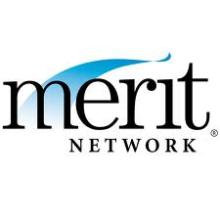Merit Network Completes Another Segment in Rural Michigan
Last fall we shared news about the Merit fiber optic network moving across Michigan. An October 24th press release from Merit announced that engineers recently completed another 3,000 foot segment. The expansion created a 10 Gbps connection between Alpena and Powers, Michigan. Powers is a rural community of less than 400; approximately 10,000 people live in Alpena.
The network began in 1966 as a way to connect state and research facilities. Since then, it has evolved to connect an extensive list of schools, libraries, and government facilities.
From the press release:
"We've built fiber-optic infrastructure all the way to Superior, Wisconsin," said Michael Milliken, director of network engineering at Merit Network. "In Michigan, we have built and lit most of the REACH-3MC network in the Upper Peninsula, with routes going to Ironwood, Menominee and Houghton. Just the connection between Houghton, Hancock, and Calumet remains to be completed in Michigan. We also need to complete the DWDM network paths into Wisconsin and Minnesota."
The REACH-3MC (Rural, Education, Anchor, Community and Heath care – Michigan Middle Mile Collaborative) project is funded by two American Recovery and Reinvestment Act (ARRA) grants. The project will expand the original Merit network by an additional 2,287 miles. The project overview PDF provides a detailed map and information on Merit members.




